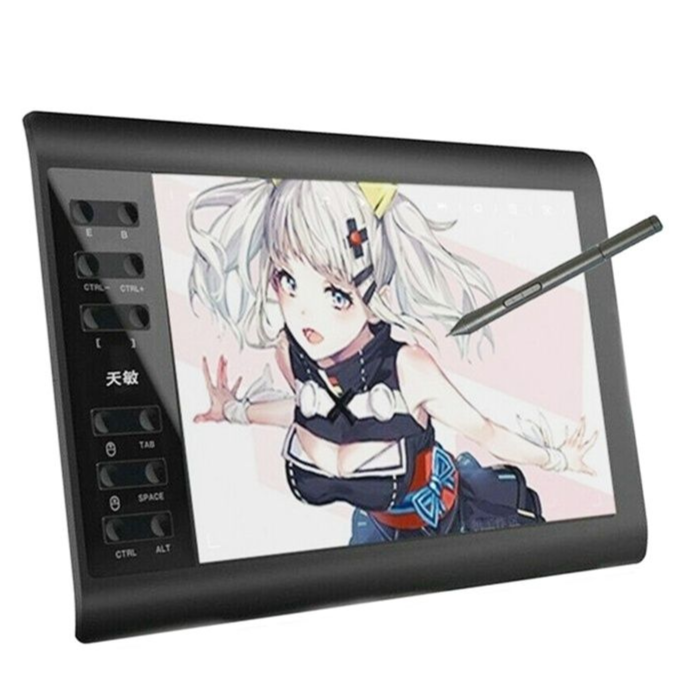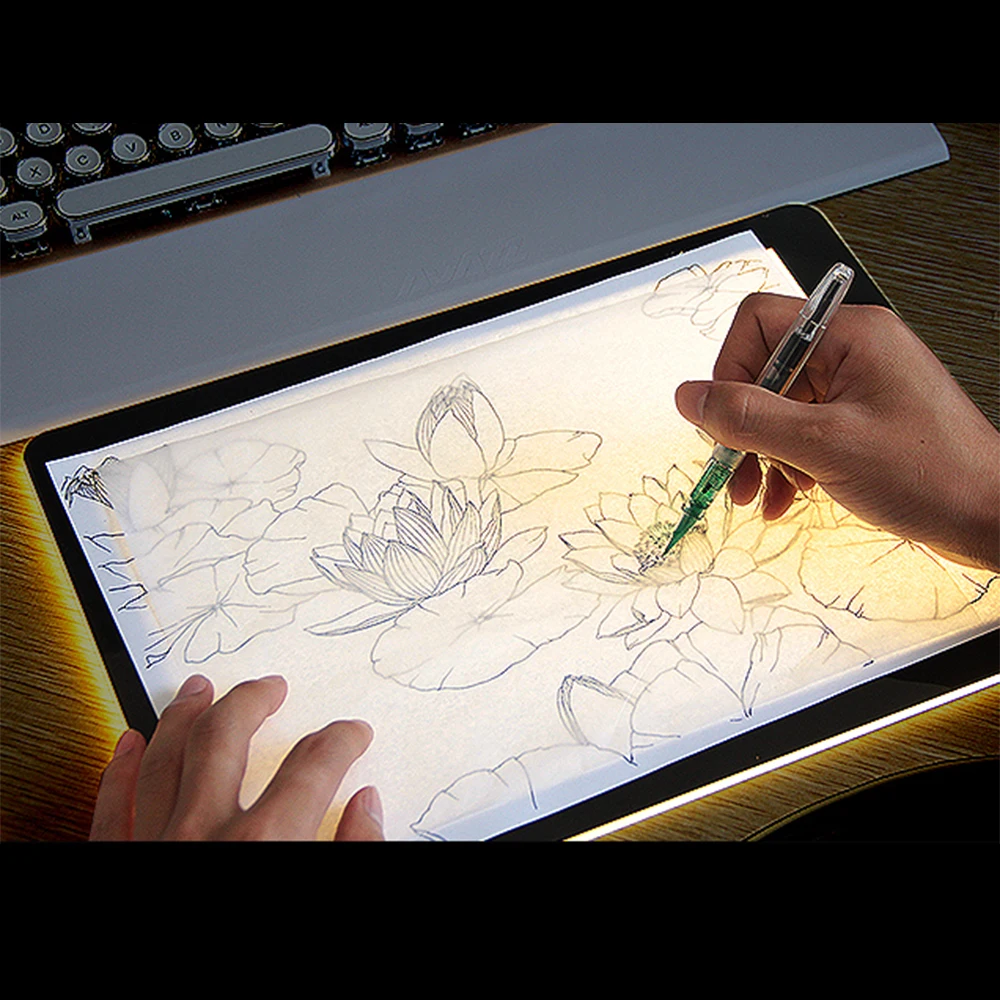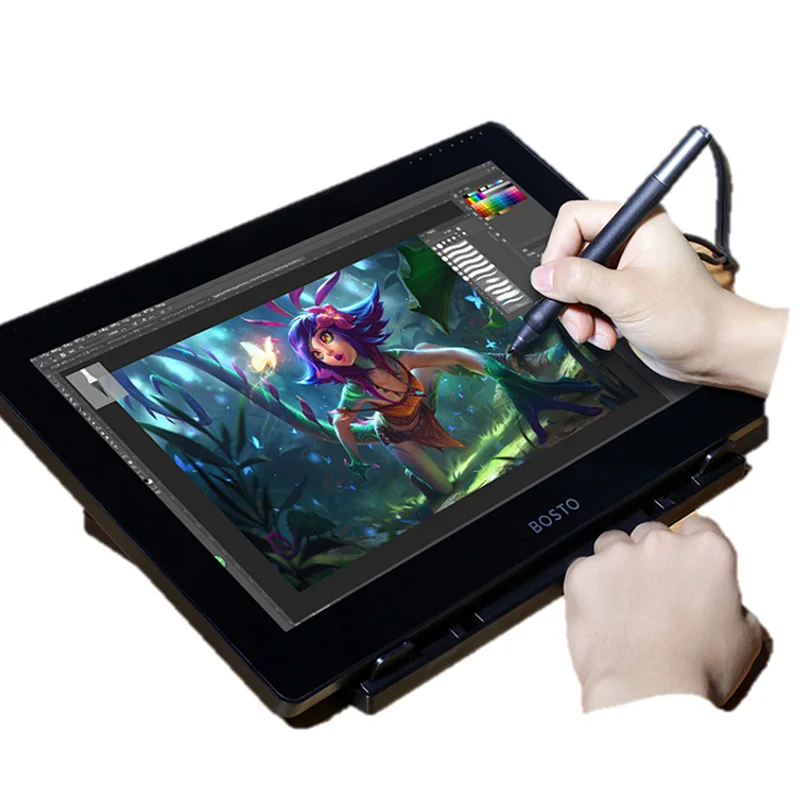

Choose from a totally solid metal coating to a spectacular sheer translucent metal finish. For the first time, you have total control over how solid or translucent your metallic finish will be. Our custom-designed state-of-the-art metallization line has many advantages over old-school vacuum metallization including: But before making a big purchase, carefully assess your needs to discover which tablet is the best companion for your artistic journey.No longer do our clients have to settle for the limitations imposed by traditional vacuum metallization. Ultimately, it all boils down to your budget, skill level, and personal preference. So, while drawing tablets with display screens are relatively expensive, more affordable models such as the Simbans PicassoTab are also available in the market. Investing in the tools of the trade is essential in honing your craft, and both drawing devices are highly recommended by artists who use them.


You can use the standalone Drawing tablets to practice anywhere, anytime. Its intuitive design promises a more natural experience that helps ease the learning curve for beginners. If this is your first foray into buying tools for digital art, a drawing tablet with a display screen is the better choice. However, the need to look back and forth between the tablet and the computer may deter aspiring artists from regular practice. Because its exterior is made entirely of hard plastic, it’s also less prone to wear and tear. Graphic tablets with no screens are significantly cheaper and are ideal for those with a smaller budget. It can mimic the feel of traditional pen and paper, making an artist’s transition to digital more seamless. The ability to draw directly on the screen makes a standalone drawing tablet the more intuitive option. You can find more details about this in our blog: top 6 drawing tablets. With an LCD screen incorporated into the tablet, it works as both your monitor and canvas.ĭrawing tablets comes it 2 versions: Computer connected and Standalone. The major difference that sets the drawing tablet apart, however, is its integrated screen. Because the stylus is so accurate and easy to use, artists often view it as a nifty replacement for a standard computer mouse.Ī drawing tablet (otherwise known as a pen display tablet, drawing screen tablet or drawing screen monitor), shares several features with a graphics tablet.īoth devices consist of a drawing surface, a pressure-sensitive stylus, and use the same touch technology. Strokes drawn with the stylus will not be displayed on the tablet itself, but will be projected onto the computer in real-time. The tablet’s sensor board receives the stylus’ electromagnetic signals, detects the incoming data, and tracks the pen point’s current position. The coil of wire inside the stylus converts these waves into electrical energy, calculating pen pressure and button press data. Underneath a graphics tablet’s flat surface, a grid of horizontal and vertical wires are arranged to transmit electromagnetic waves.

#Digital sketch pad with screen Bluetooth#
The tablet must first be plugged into the computer using a USB port or paired with your screen via Bluetooth for it to function. Here, we’ll talk about the similarities and differences of these devices so you can choose the tablet that’s right for you.Ī graphics tab (cheapest drawing tablet) is a hardware input device composed of two main parts: a digital pad and a pen-like stylus.
#Digital sketch pad with screen full#
Without proper research, you might end up wasting money on a piece of hardware that doesn’t draw out your full potential. While both are equally capable of creating great art, each device comes with its own set of pros and cons. You may have seen your favorite artists favor two kinds of digital drawing tools: graphic tablets and drawing tablets. For artists aspiring to break into the world of digital art, choosing your first drawing device can be daunting.


 0 kommentar(er)
0 kommentar(er)
